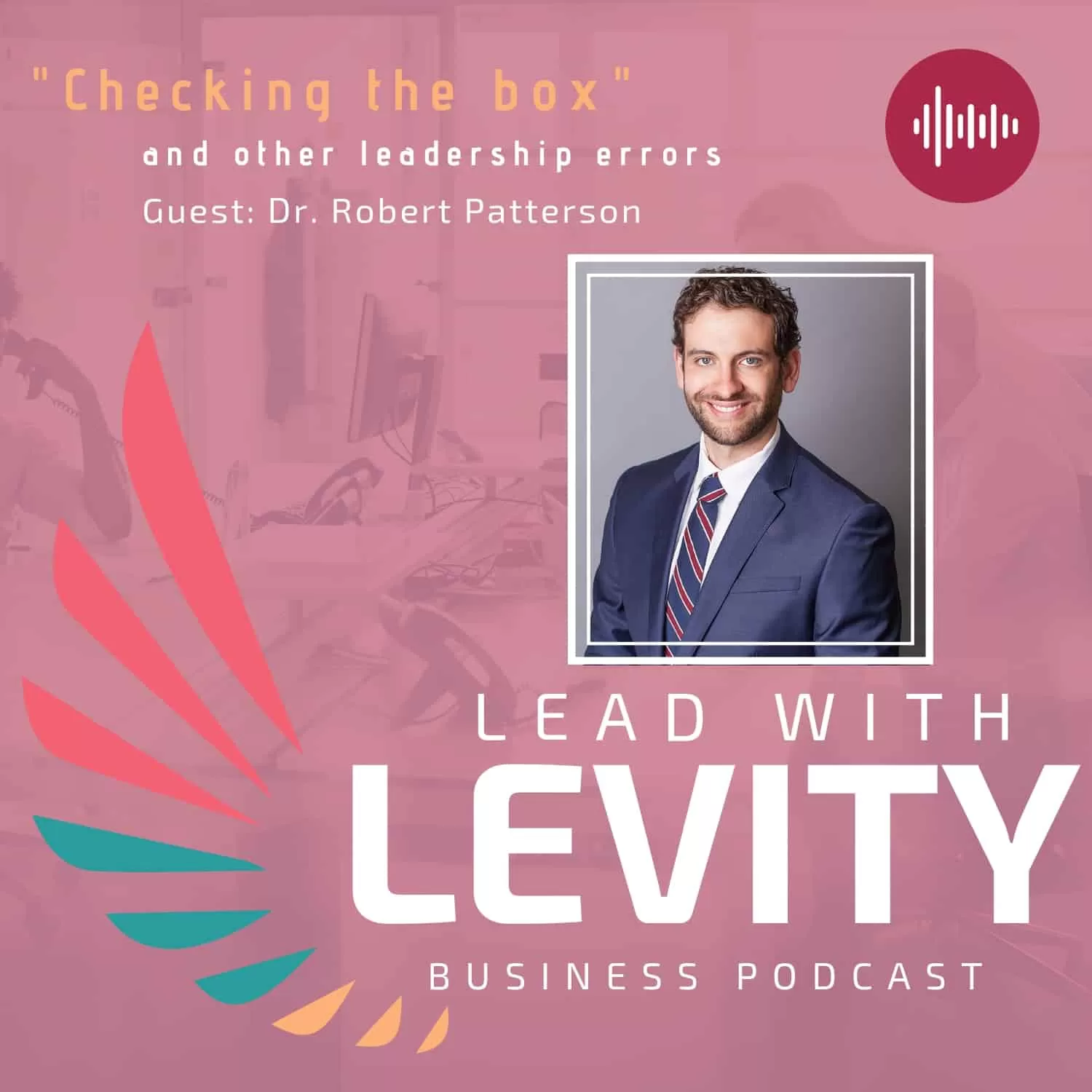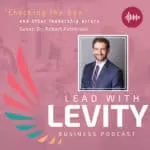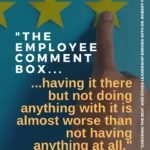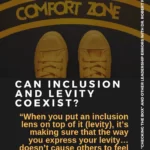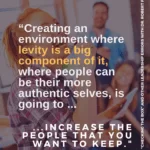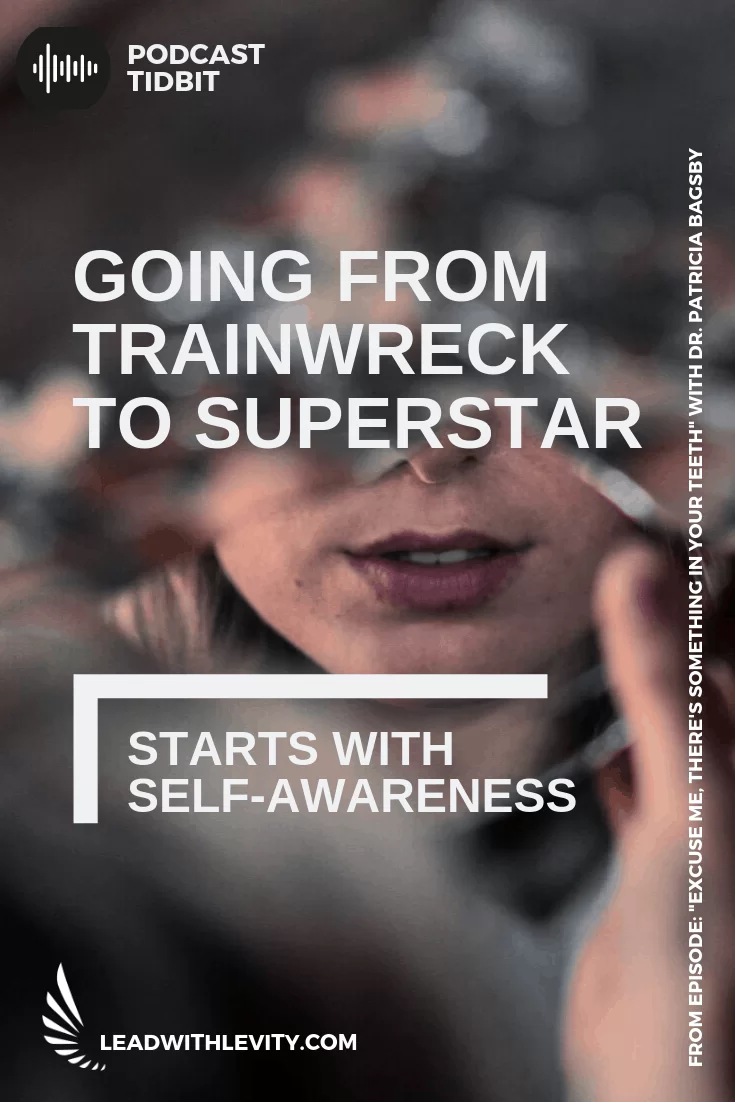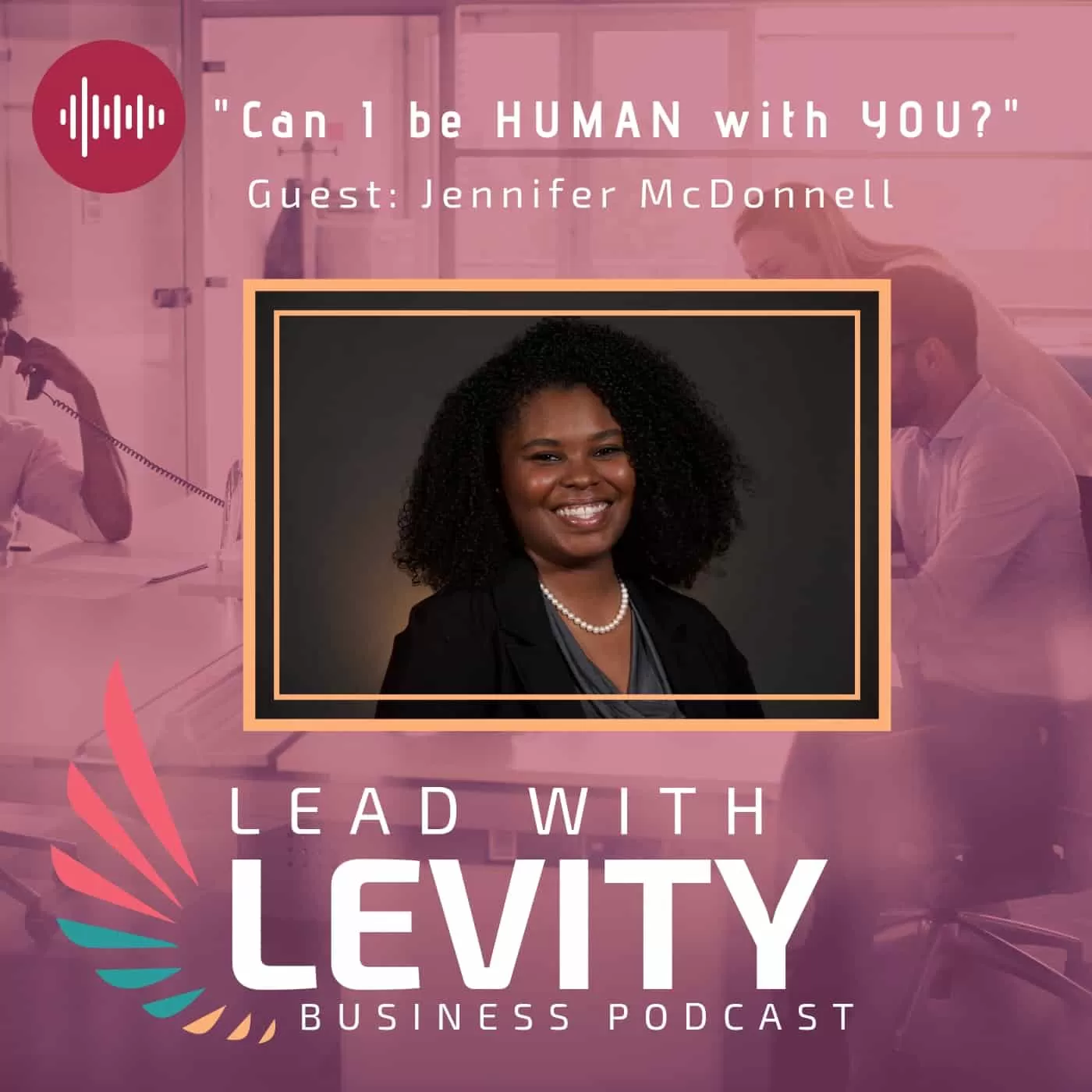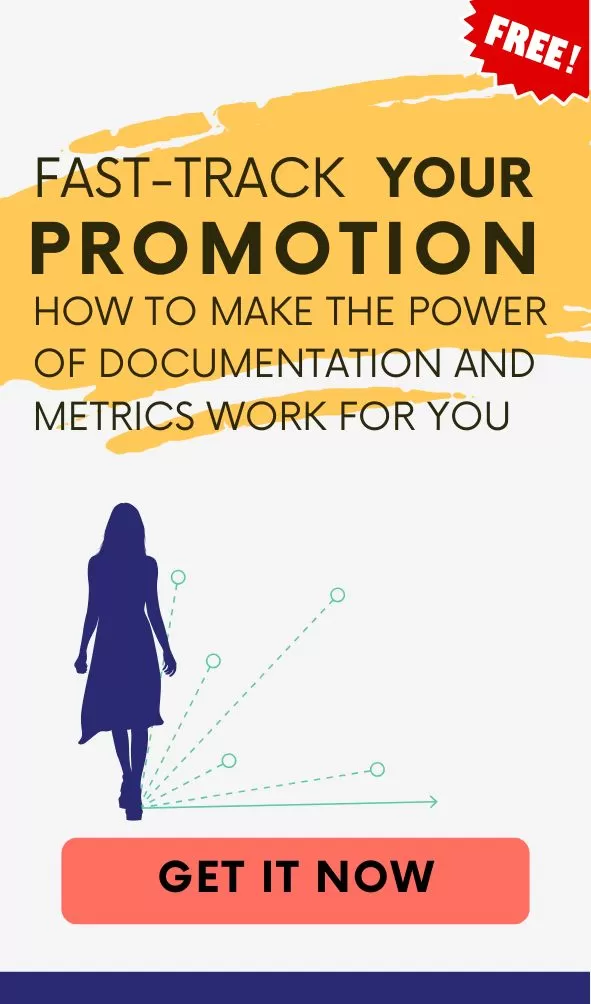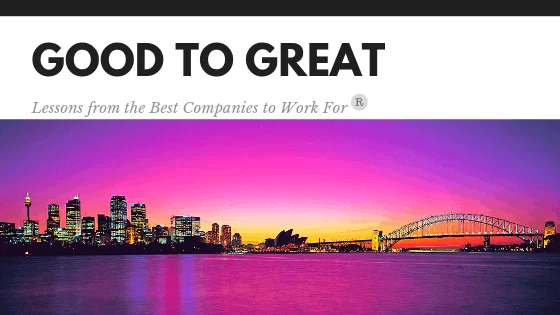- Episode: 4
- Title: “Checking the box” and other leadership errors
- Guest: Robert Patterson, Ph.D. (Senior Consultant)
- Organization: Collarelli, Meyer & Associate (St. Louis, Denver, and Kansas City)
- Release Date: September 16, 2019
Dr. Robert Patterson is a licensed psychologist and senior consultant at Collarelli, Meyer, and Associates, a midwest management consulting firm with a global reach. They’ve been in business since 1975 serving the Fortune 500, nonprofits, and even some family owned businesses. Dr. Patterson is passionate about building leadership capacity and supercharging high performing teams. He’s currently an external consultant, but he also has several years of experience working in a governmental setting supporting training and professional development for employees at the Department of Veteran Affairs. He’s a well traveled, cultured professional with an eye on factors that support business success.
TIME STAMPS
- [11:35] Robert Patterson talks about his dissertation on personality-type factors and situational factors that might predict resistance to change
- [13:45] What kind of consulting Robert does at CMA
- [15:04] Do you ever work with smaller companies or startups?
- [16:39] Do small startups tend to mess up hiring because they are in rush mode?
- [21:47] Robert talks about the possible implications of the freelance workforce
- [25:05] What differentiates great leaders from the rest?
- [26:27] Agility in meeting your team’s and other stakeholder’s needs.
- [27:36] Vulnerability – understanding you don’t have the right answers all the time.
- [29:36] In terms of diversity, equity and inclusion, what are the trends and what do you wish people will do differently?
- [32:09] Inclusion is not just checking X number of boxes
- [38:20] From a diversity and inclusion standpoint, is there a place for levity in the workplace?
- [45:01] If levity could fix one problem in the world, what would it be?
- “If you look at organizations that function well, a big component of that is that there are people who want to be there.”
- “The employee comment box – having it there but not doing anything with it is almost worse than not having anything at all.”
- “A big part of our business is helping organizations identify the people that are going to be the right fit for both the role they’re looking for and the culture of the organization.”
- “What makes a great leader in organization A may or may not make for a great leader in organization B.”
- “In addition to the culture, you have to be comfortable adapting to the needs of the organization and the team that you serve.”
- “Before you can become agile, the other component is vulnerability – understanding you don’t have the right answers all the time and that’s okay.”
- “Agility, vulnerability, openness, authenticity… Those components make up that 10% that really differentiates leaders once you get to a certain level in the organization.” – Heather Walker
- “It [inclusion] is a lot more than just checking the box – I have brought in X number of this type of person.”
- “With some companies, inclusion is surface level and just mere membership as opposed to actually bringing that person in and embracing all of those different perspectives that they bring to the table.” – Heather Walker
- “When I think of inclusive environments, oftentimes people will stop at more of those physical characteristics – “We need more women,” “We need more African Americans,” “We need more Latinos.”
- “Inclusion means bringing in not only different types of people when it comes to their physical characteristics but also bringing in diversity of thought and perspective.”
- “If you’re an organization that moves very slowly, then if you bring in people who score extremely highly on assessments of flexibility, creativity, innovation, they’re not going to stay.”
- “Inclusion is giving people a voice, providing some sense of psychological safety that they can share their ideas without fear of being reprimanded or mocked, and then providing that support system to really do so.”
- “It (levity) is a way to take what would otherwise be a serious situation into a lighter situation in order to calm some nerves or release some tension.”
- “When you put an inclusion lens on top of it (levity), it’s making sure that the way you express your levity… doesn’t cause others to feel like they’re outsiders.”
- “It’s important, if you’re creating that type of environment (of levity), that the environment you create doesn’t cause others to feel like they’re outsiders.”
- “It’s really important that we find ways to bring people into the fold as opposed to using all of our inside jokes to keep them out.” – Heather Walker
- “One of the most basic requirements for fostering an inclusive environment is psychological safety – can I do or say something that may be a bit different or wrong without feeling as if I’m going to get in trouble or be made fun of?”
- “It is the environment or the culture that you create that causes people to want to work for you.”
- “Creating an environment where levity is a big component of it, where people can be their more authentic selves, is going to increase the likelihood that you keep the people that you want to keep within your organization.”
Get Connected
Contact Dr. Robert Patterson: Twitter | Website
Resources Mentioned in the Episode:
Visit https://www.leadwithlevity.com if you’re interested in learning more about this concept or email info@leadwithlevity.com if you’d like to collaborate on a future podcast episode.
